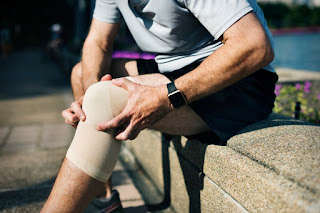Many diverse injuries and disorders fall under an orthopedic surgeon's specialty, including sports injuries, ACL and meniscus tears, and arthritis. While these musculoskeletal ailments are painful and limiting, the field of orthopedics is, thankfully, always improving. This is due, in part, to advancements in stem cell therapy, which could hold much potential for improving orthopedic surgery today and into the future.
How Does Stem Cell Therapy Work?
Stem cells are a special type of cell that can be moved from healthy tissue to compromised tissue, where they then can begin a repairing process. They are typically taken from a variety of sources, including bones, skin, blood, and umbilical cords. Under the right conditions, relocated stem cells can become multipotent, meaning they can aid many areas of the body, including specialized structures like red blood cells, brain cells, and bone or cartilage.
How Is Stem Cell Therapy Used in Orthopedics?
Stem cells may be used to treat a number of areas in the musculoskeletal system, making them potentially very useful in the field of
orthopedic surgery. For orthopedic applications, the most common stem cells used are called stromal cells, which are typically taken from adult bone marrow. These cells can aid the body's musculoskeletal system in a variety of ways, including building new ligaments, tendons, and cartilage.
Orthopedic Stem Cell Therapy Into the Future
As research generates new stem cell techniques and applications, there is great potential for significant advancements in many
orthopedic specialties. For example, damaged bone has traditionally been treated with solid grafts applied directly to a fracture; nowadays, however, stem cells can also be applied, which may differentiate into bone cells and dramatically speed up the healing process. Because of this potential to heal more quickly and remedy career-ending injuries, stem cell therapy is an increasingly popular option among professional athletes.
Dr. Robert F. Greiner, II of Greiner Orthopedics is committed to providing patients with a full-body approach to orthopedic care. Dr. Greiner handles a wide range of orthopedic disorders, including sports injuries, tears, and arthritis. Contact us today by filling out our
online form or calling 816-317-5070.


